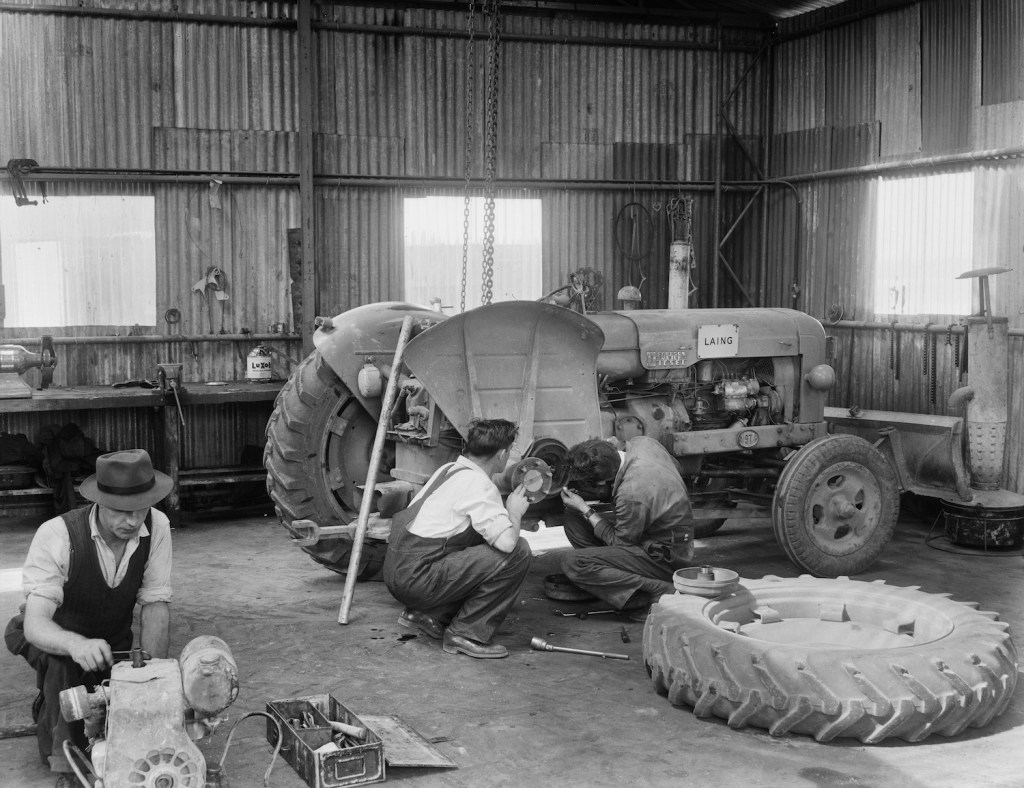
Using Soap To Find A Slow Tire Leak Or Valve Stem Leak
Checking and adjusting your tire pressure is key to proper vehicle maintenance. If your tire pressure is dropping between your tire pressure checks, you have a slow tire leak. A puncture in a tire’s rubber can cause a slow leak. Faulty valve stems also cause slow tire leaks. Finally, a tire that is not sealing against the rim properly will leak. Lucky for you, you can easily diagnose your slow tire leak at home.
You can use soapy water to find a slow tire leak

Jack up your vehicle, being careful to support it safely on jack stands as well as your jack. Then remove your tire.
Next, mix a little dish sope in water. If you have an empty spray bottle, pour your mixture into the spray bottle. Then simple spray the mixture on your leaking tire. If you don’t have a spray bottle, you can pour a thin layer of the solution over your tire.
Don’t miss the edge of your tire, where it seals against the rim. You will need to slowly roll your tire to pour water over its entire surface. As you do this, look for rapidly forming bubbles that indicate escaping air.
Finally, pour a little of the solution over the valve stem. The valve stem is where you fill the tire and check your tire pressure. Make certain to pour the soapy water over the seam where the stem enters the metal rim’s metal. Read more on finding a tire leak.
Types of slow tire leaks: air escaping between the tire and rim

If you find air escaping between the tire and the rim, you know the tire is not sealing. This may be because the edge of the tire is damaged. A dirty or rusty rim sealing surface can also cause a slow leak. Finally, if tire was improperly mounted it will leak.
The “bead,” or sealing surface of the tire, should pressed against the rim by the air pressure in the tire. To set the bead, a mechanic stretches the tire onto the rim, then inflates it to maximum PSI. Finally, the technician strikes the tire tread or bounces the tire on the ground like a basketball. This impact seals the rubber against the metal.
Types of tire leaks: air escaping through the sidewall

If air is escaping through the tire rubber, it has a puncture or tear. If the air is escaping through the sidewall, the tire is unsafe for highway use. Driving and cornering places more strain on the tire’s sidewall than a patch can support. If you try to patch the sidewall, you risk a dangerous blowout.
Types of tire leaks: air escaping through a puncture in the tread

If air is escaping through the tread of the tire (the part of the tire that contacts the road), it might be repairable. Most tire shops or auto repair shops will be able to patch a tire with a tread puncture cheaply. Many tire technicians prefer removing a punctured tire from the rim and patching it from the inside, instead of plugging it.
If you would like to fix the tire yourself, you only need a tire repair kit. A basic kit with plugs will set you back $15-$25. First deflate the leaking tire completely. Then remove any debris still inside the puncture. Next, use a round file to turn the puncture into a larger, uniform hole. Finally, press a sticky rubber plug through the hole, and cut off the end of the plug. It is a simple process you can complete in an hour if you are a dedicated DIYer. Learn more about plugging a leaking tire.
Types of slow tire leaks: air escaping from the valve stem

If you find air escaping from the cap on the valve stem, then your valve mechanism is damaged. Many tire repair kits include replacement valves. With a new valve, you will be able to replace your malfunctioning valve in minutes.
To replace your valve, you first deflate your tire. Then, use your kit’s valve tool to screw out the old valve and screw in a new one. Finally, reinflate your tire and make certain it holds air. Learn more about valve stems with a tire pressure monitoring system attached.
If air is escaping between the valve stem and rim, your tire must be removed before the valve stem can be replaced. The good news is that the professionals at an auto shop can replace your valve stem quickly and cheaply.



